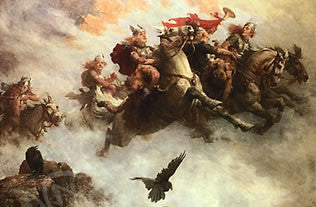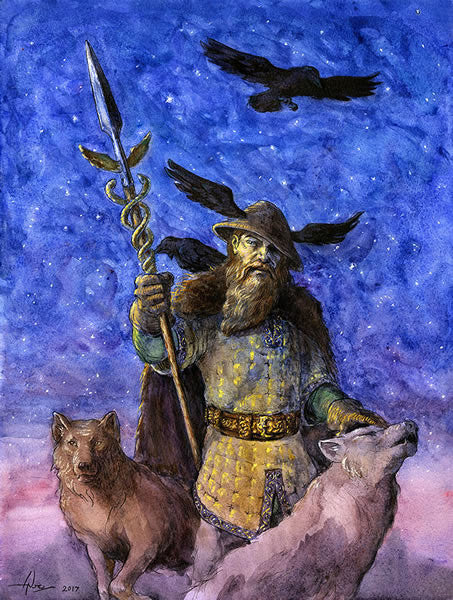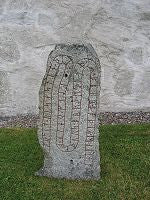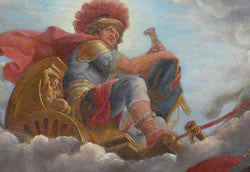Blog
-
The Norwegian artist Edvard Munch's painting, 'The Sun' (left) shows a huge, radiant solar disc rising over a fjord, where a diminutive house clings to a rocky cliff overlooking the water. Munch's sun emits kaleidoscopically multicolored rays of pulsing, almost animate, light, all streaming out from that immense central core, illuminating and virtually setting fire to the landscape below. The original hangs in the Festival Hall at the University of Oslo. A print hangs in my office and often stops first time clients in their tracks.
-
A Quest for Wisdom and Balance
by Douglas "Dag" Rossman
In seeking to develop a personal philosophy that is both emotionally and intellectually satisfying, many of us shallow-rooted European-Americans have been drawn to the world views expressed by Native Americans or peoples of the Far East. Appealing as this approach may be, it is very difficult for most people to become completely attuned to a cultural heritage that is not their own. While one can respect and admire "the Other," most of us will always remain to some extent an outsider, a visitor in someone else's culture. The sense of truly belonging that we all crave continues to elude us. -
by Jodie Forrest
This article first appeared in The Mountain Astrologer magazine. Reprinted with permission.Do you give astrological readings? What planet are you most likely to hurry through if time is pressing? Mercury, most likely. And little wonder: the Mercury-Hermes of classical Greek and Roman mythology could be passed over as a message-carrying youth, a glib and quicksilver lightweight. Mercury is a quick-witted deity of logic and order--lord of the logical left brain, as it were.
Certainly that can be an accurate description astrologically. Accurate, but incomplete. Even the classical world also saw Mercury as a psychopomp--a guide of souls to the Underworld--and as the ruler of crossroads and other transitional states. -
The Runes were the letters with which the ancient Norse wrote until approximately 1000 A.D., and they can be seen carved on Runestones across Scandinavia to this day. They also had oracular, mythological or psychological import. The chief Norse god, Odin, was said to have been voluntarily wounded with a spear and hung for nine nights on the nine worlds of Norse cosmology's axle-tree, Yggdrasil, in order to obtain knowledge of the Runes' meanings and magical uses--a kind of Norse shamanic initiation.Many historians, mythologists, occultists and modern pagans have studied the Runes. One good place to start reading about them is Freya Aswynn's book Leaves of Yggdrasil, Llewellyn, St. Paul, MN 1994. The following interpretations were researched and elaborated by Jodie and Steven Forrest. They are not the definitions of a Norse scholar, nor a modern day godhi or gytha (Norse priest or priestess) but those of a novelist and an astrologer. As in Jodie's Nordic-Celtic historical fantasy novels , which feature the Runes, some poetic license has been taken! Still, we think you'll find them interesting.
-
by Jodie Forrest
Copyright 2000. This article first appeared in The Mountain Astrologer magazine. Reprinted with permission.Wouldn't it be grand to be able to use our Mars function as easily as we can learn to understand it? At first glance, Mars, the warrior planet, seems to rule some pretty basic, organic and instinctual material. Fight or flight. Assertion and aggression. Boundaries and self-defense. Courage. Initiative. Drive. The ability to act. Knowing what we want, and doing what we have to do to get it.




